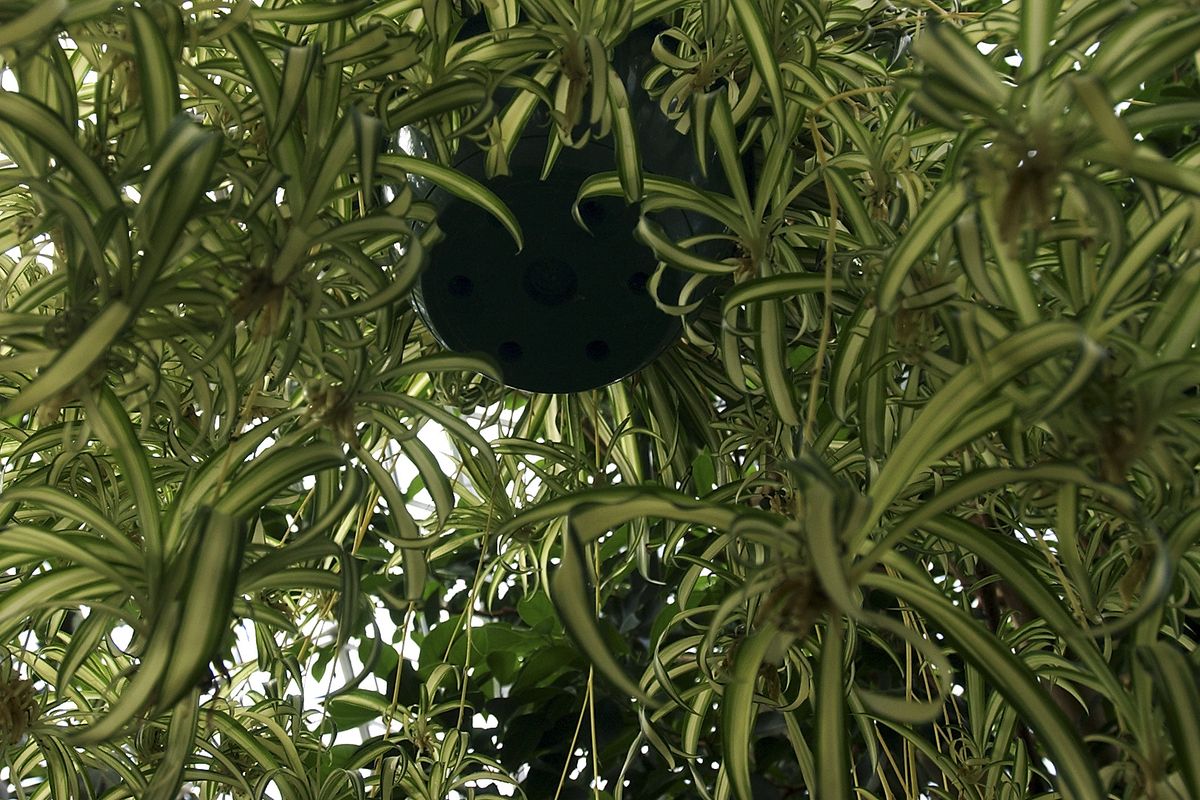Pat Munts: House plants can thrive despite low winter light

At this point on the calendar, we are close to the winter solstice when the region will have less than nine hours of sunlight a day for close to a month. The reminders that sunny days and green grass will return are house plants that provide relief from the dark and soon-to-be snowy landscape.
But plants struggle this time of year, too, as the light fades. Most of them adapt by going semi-dormant until light levels begin to increase enough to grow again in mid-February. Others thrive in low light and provide us with the next best thing to a garden. Here are a few good suggestions for house plants that thrive in low light:
• In their native habitat, ferns thrive under the canopy of taller plants as anyone who has visited Olympic National Park knows. In the house they do well in the filtered light of north windows year round. They need to be kept damp but not soggy and benefit from misting during the winter when our houses have low humidity.
• Snake plant, or mother-in-law’s tongue, is native to southern Africa where it lives under the dense shade of scrubby trees. It’s stiff, blade-shaped, often mottled upright leaves can grow a couple of feet tall and add a bold statement to your décor. They tolerate being dry and are fairly forgiving when it comes to care and light levels.
• At our house, indoor plants have to survive on neglect and the spider plant is a real trooper. It sits in a large north-facing window and takes whatever water I remember to give it. The plant has nodules on its roots that help with water storage. It has sent baby spiders out to root in a nearby orchid cactus to mooch water. Under the right conditions it will send out a small white flower. The plant will do well even 5 to 8 feet back from a large window.
• Anthuriums are often sold around Valentine’s Day which should tell you something about their ability to thrive in the low light of a northern exposure. Its red flower, which is actually a modified leaf, adds a bright note on a winter day. While the leaves will do well in low light, the plant needs brighter but indirect light to continue blooming. It should be watered when the soil is dry about half an inch down.
If you buy house plants this time of year, be careful they don’t get too cold on the way home. Most of them are tropical plants. Pick them up at the end of your shopping trip and put them in a warm car. Most good floral shops will have plant sleeves you can slip over them to protect them. Once home, don’t put them near heat vents or outside doors; Extremes of heat and cold are hard on them. Don’t overwater them; water when the soil is dry down a half an inch in the soil. Wait until late February to begin fertilizing them.